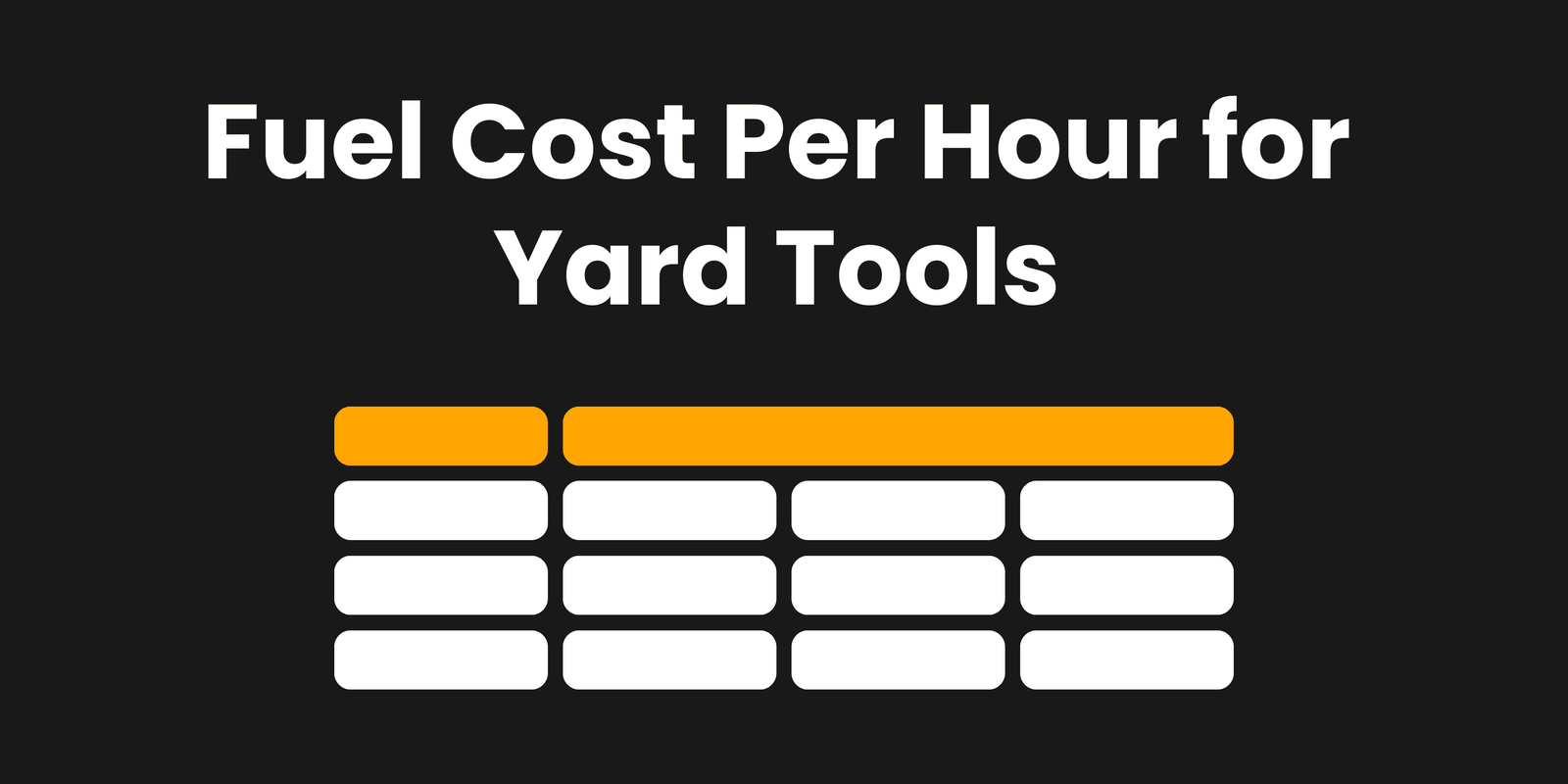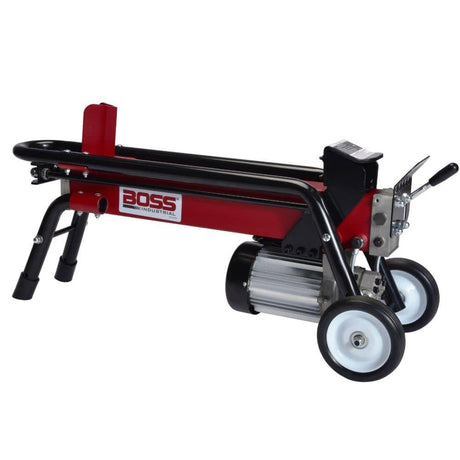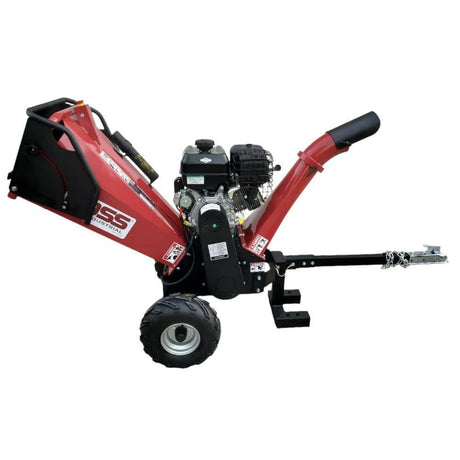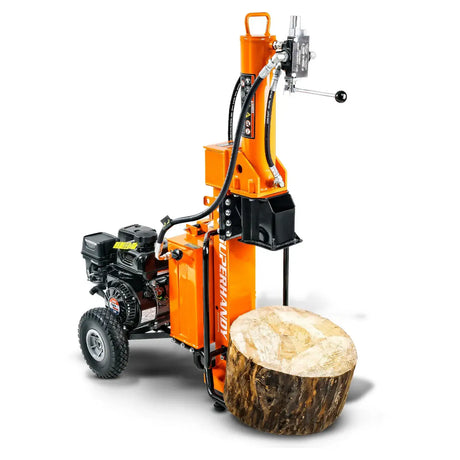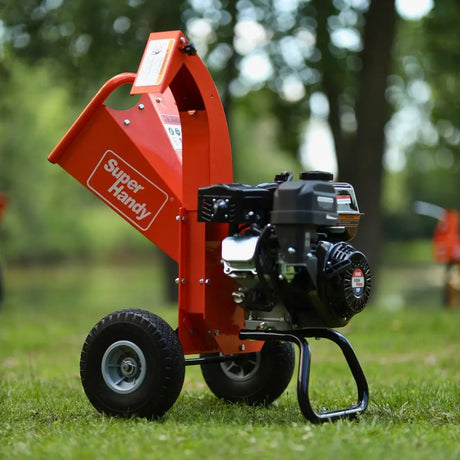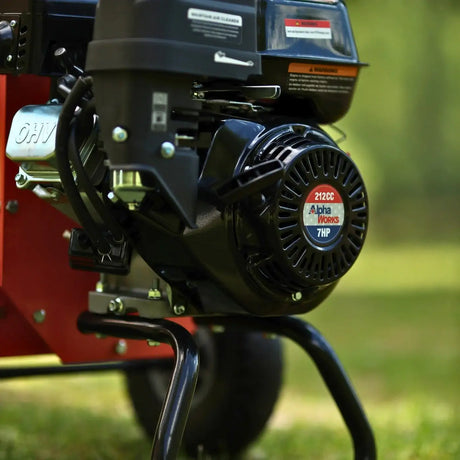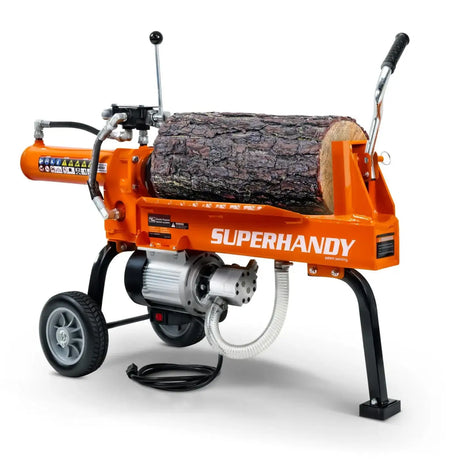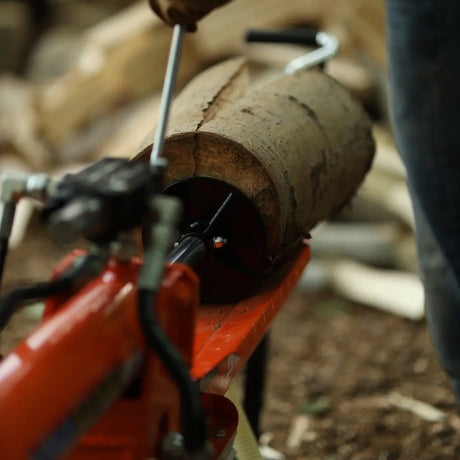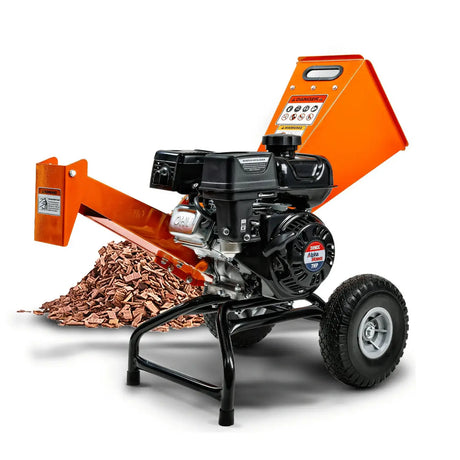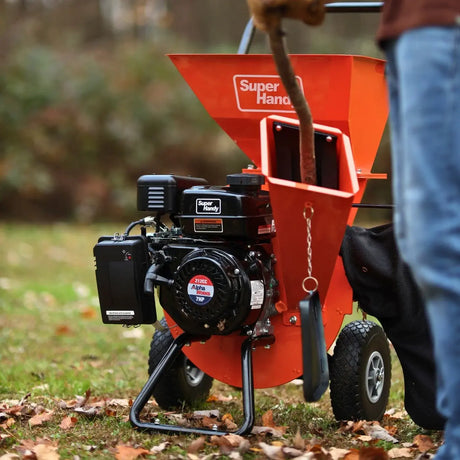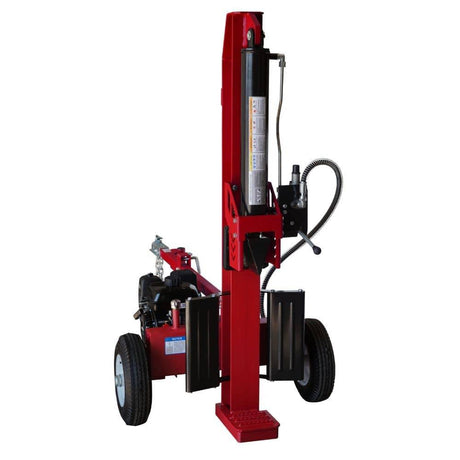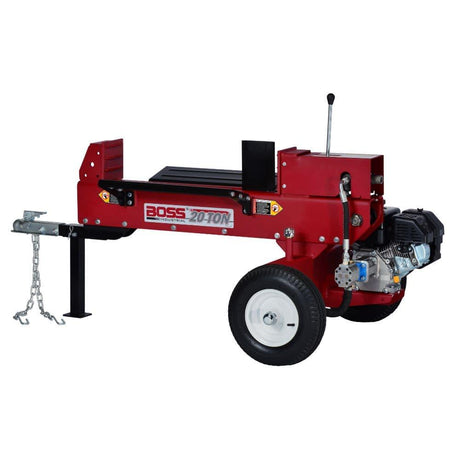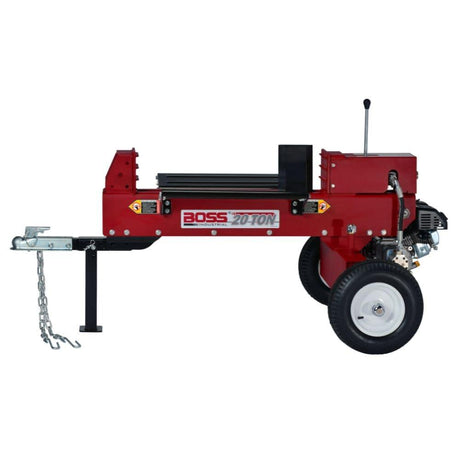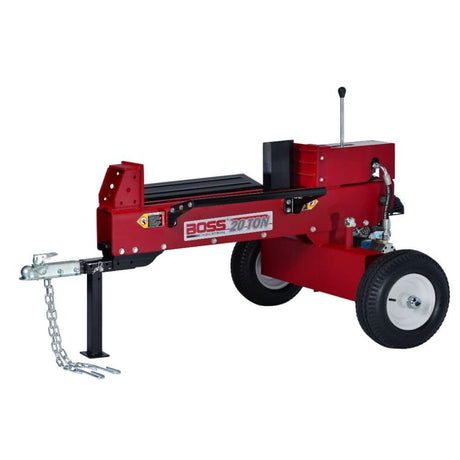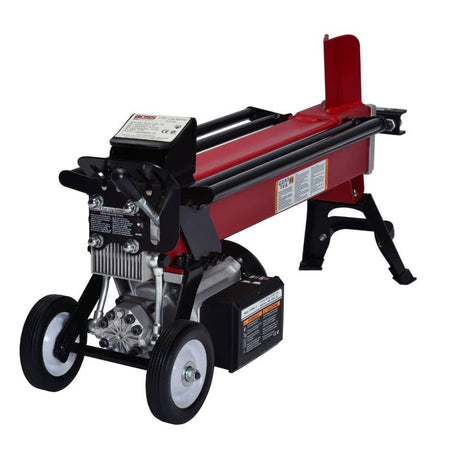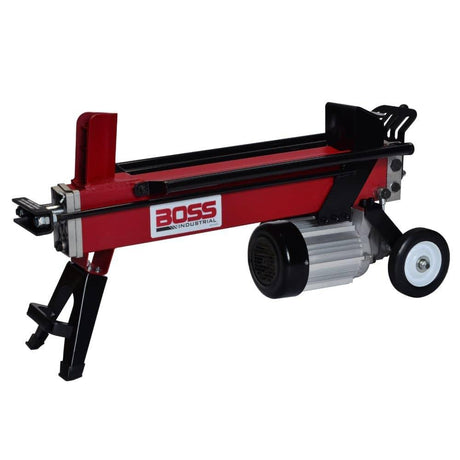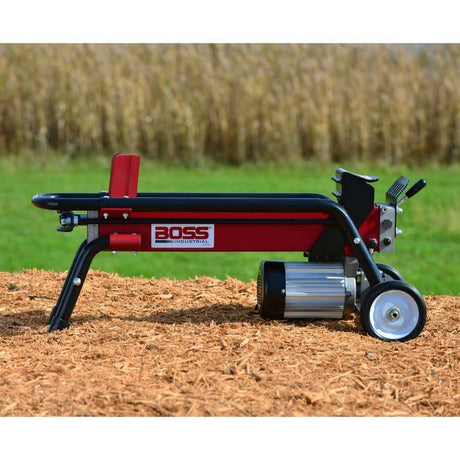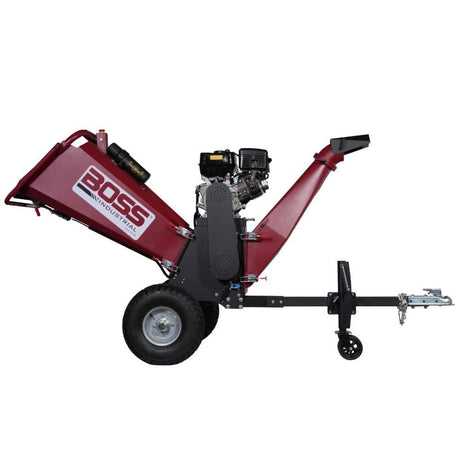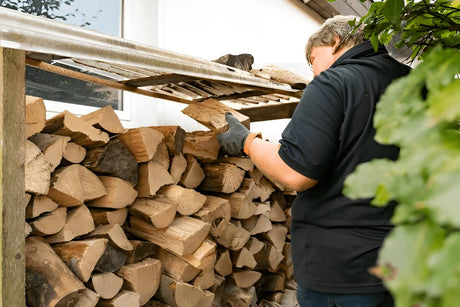When it comes to running yard tools-whether you're splitting logs, chipping brush, or mowing a few acres-fuel costs can add up fast. The bigger the engine, the more it burns. And if you're running several tools over a full workday, you're likely spending more on fuel than you realize.
This guide breaks it down tool by tool, horsepower by horsepower, so you can plan better, budget smarter, and maybe even switch to more efficient options.
If you’re also curious about how loud these machines run, check out our Noise Levels of Yard Tools Compared (dB): What’s Too Loud? for details on which tools are easier on your ears.
Key Takeaways
- Fuel cost scales with horsepower-the bigger the engine, the more gallons per hour.
- Small tools like chainsaws and trimmers run cheap: $1-$2/hour.
- Larger machines like chippers and grinders can cost $6-$7/hour or more.
- Knowing your tool's fuel burn rate helps you estimate costs and avoid surprises.
Fuel Cost Comparison Table by Tool and Horsepower
Here's a side-by-side breakdown of common gas-powered yard tools, showing typical horsepower, fuel consumption, and estimated hourly operating cost.
| Tool | Horsepower (HP) | Fuel Consumption (gal/hour) | Cost Per Hour (Gasoline) |
|---|---|---|---|
| Chainsaw | 2–6 | 0.3–0.5 | $1.05–$1.75 |
| Lawn Mower | 5–15 | 0.5–1 | $1.75–$3.50 |
| Leaf Blower | 2–10 | 0.3–0.8 | $1.05–$2.80 |
| Brush Cutter | 2–8 | 0.3–0.7 | $1.05–$2.45 |
| Wood Chipper | 10–30 | 1–2 | $3.50–$7.00 |
| Stump Grinder | 9–25 | 0.8–1.8 | $2.80–$6.30 |
| Log Splitter | 5–20 | 0.5–1 | $1.75–$3.50 |
What This Table Shows
The table compares:
- Tool type (e.g., chainsaw, chipper, splitter)
- Horsepower range - covering real-world engine sizes
- Fuel use in gallons per hour
- Cost per hour, assuming average U.S. gas price ($3.50/gal)
We kept it practical: these numbers reflect typical residential or light commercial use-not peak performance in extreme conditions.
This info is gold if you're:
- Running multiple tools over long days
- Quoting jobs
- Trying to decide between electric, gas, or diesel machines
For deeper insights on splitting fuel use, see our Log Splitter Fuel Consumption by Tonnage and Engine Size [Complete Table] for a full breakdown.
How to Use This Data in Real Life
1. Choosing the Right Tool for Your Needs
If you only need a leaf blower for 15 minutes once a week, a high-horsepower gas model might be overkill-both in sound and fuel. But if you're clearing an acre of heavy brush? That $2/hour cost makes sense.
2. Planning Your Workload and Fuel Budget
- Let's say you run a 20 HP wood chipper for 4 hours: that's up to 8 gallons of gas, or $28.
- Multiply that by 10 workdays per month-and it's a budget line you need to track.
3. Comparing Power Sources
If you're running tools for hours daily, consider electric options. Even with charging costs, they're often cheaper over time-and much quieter.
To find more efficient equipment, explore our Top 7 Outdoor Tools That Make Yard Work Way Easier and discover quiet, cost-effective choices.
4. Avoiding Common Mistakes
- Don't ignore fuel costs when pricing jobs-especially in landscaping or tree services.
- Don't assume bigger is always better. Match tool size to the task to avoid wasting fuel and money.
Final Thoughts
Understanding how much your yard tools cost to run-hour by hour-can help you:
- Make smarter purchases
- Improve job pricing
- Cut down unnecessary fuel use
Small differences in horsepower or fuel type can add up fast. And in today's market, where every dollar counts, being fuel-aware gives you a real edge.

